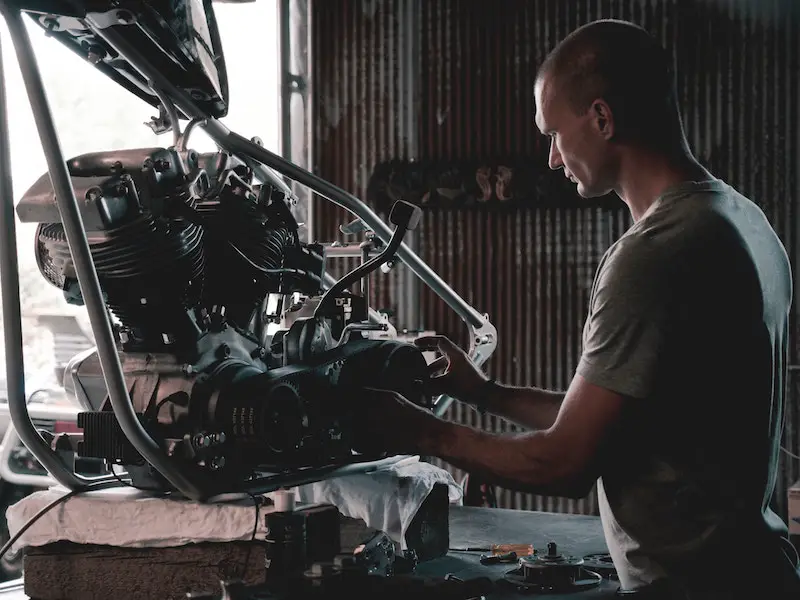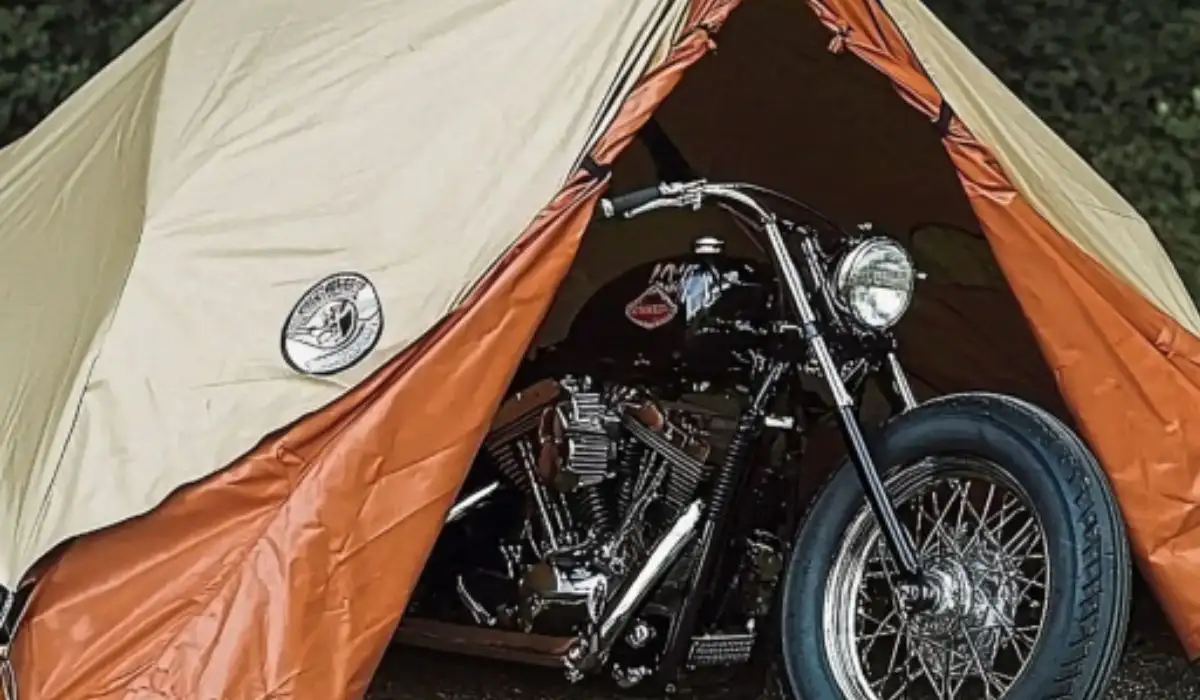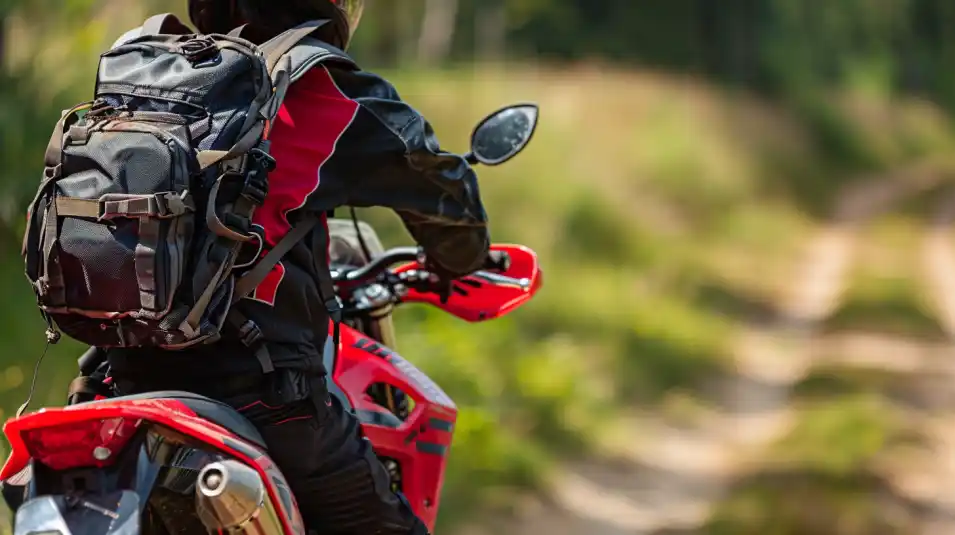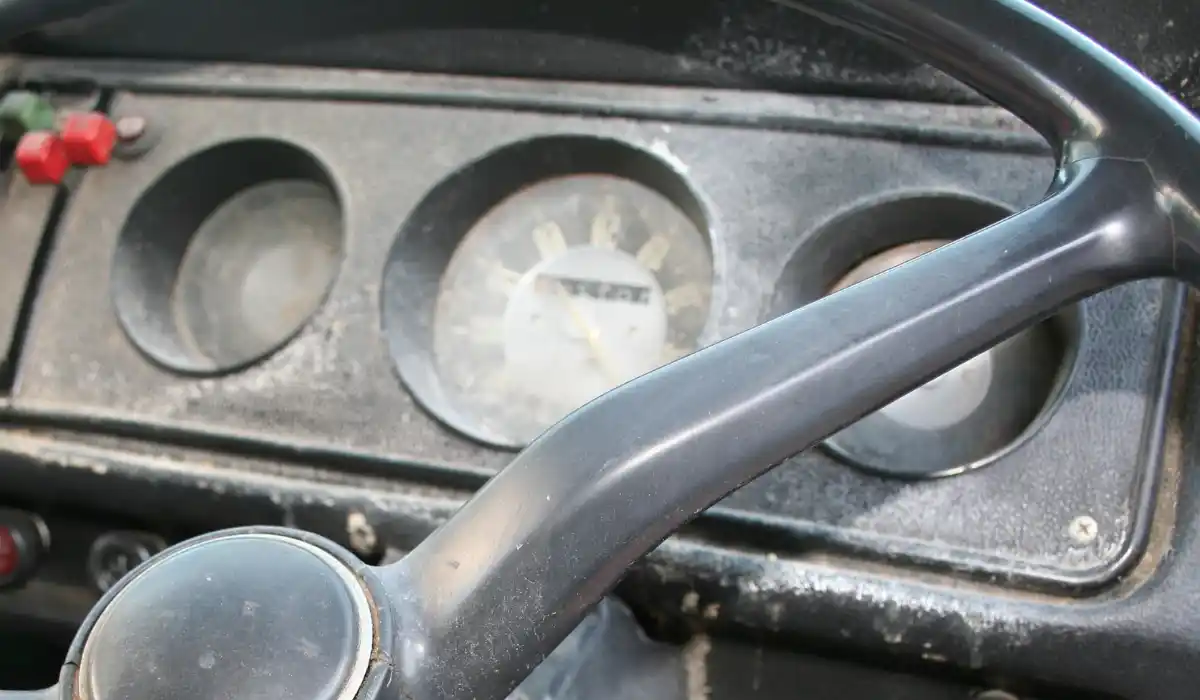
Have you been riding along lately and heard the exhaust popping as soon as you start letting go of the throttle? Does the motorcycle give off a large bang every so often when you’re decelerating?
In most cases this isn’t an issue, however it’s possible that something is causing your motorcycle to backfire. When these noises start happening you might be wondering how a motorcycle backfires and whether or not you should do something about it.
Thankfully, this is a common thing that could happen regularly when you’re out riding or, depending on your bike and exhaust, it might not happen at all. If you noticed that this issue is occurring in the intake or the exhaust, there might be a problem and you should look into it.
In this post, let’s take a look at the reasons why a motorcycle backfires and if there’s anything you should do to prevent it from happening.
Jump Ahead To:
Motorcycle Backfiring 101 – What Are the Causes of a Motorcycle Backfire?
Wrong Exhaust Upgrades

Many riders end up wanting to upgrade the stock exhaust so that the motorcycle has a better sound. Buying and installing an aftermarket exhaust can definitely help improve the stock sound and make the bike more noticeable while sounding more aggressive.
Installing an aftermarket exhaust on your bike is one of the reasons why motorcycles backfire. The specific cause behind this is that exhausts generally aren’t universal for most motorcycle engines.
It’s the standard jetting on carburetors bikes or the fuel delivery settings on a fuel injected bike that interfere with the aftermarket exhaust. These settings or jetting are made specifically for the stock exhaust and don’t take into account any changes.
While the aftermarket exhaust might improve performance or give a better sound, the rest of the bike, including the engine, won’t be running in peak condition. This means you’ll need to jet the motorcycle properly or connect the bike to a computer to change the fuel delivery settings. Considering using a motorcycle exhaust wrap if you find it’s overheating.
Correctly tuning the bike will ensure that everything can work together efficiently and you’ll end up with the most power and performance. This is the best way to prevent your motorcycle from backfiring after installing a new exhaust. Check out our post on white smoke from the exhaust if this is a symptom you notice as well.
Faulty Carburetor

For motorcycles that come with a carburetor it’s important to regularly check and maintain them. Given the carburetor a detailed inspection is the next thing to do if your carbureted motorbike is backfiring.
With a faulty or dirty carburetor it’s not possible for the fuel to flow smoothly through. When this happens, the engine will be running lean and the bike could start experiencing some negative symptoms.
These symptoms would include backfiring, rough idling, difficulty starting, and even difficult acceleration. To prevent any further issues it’s important to get to work on the carburetor immediately so that the bike can get back to running in its prime shape.
The best solution is to clean the carburetor so if the fuel is properly flowing through all the jets. This can be done with a motorcycle carburetor cleaner or by removing the carb entirely and using a cleaning kit to properly clean everything.
Clogged Jets
The problem with carburetors, as opposed to fuel injection, is that they can become a difficulty to work with once they start getting dirty. There are four major components of the carburetor that need to be in great condition so that they’re working properly.
These components are the pilot jet, main jet, jet needle, and needle jet. Each of these needs to be clean so they work in sync with one another to keep the engine running.
The pilot jet controls the fuel when the engine is idling. When you turn the throttle between 50% and 100% power it’s the main jet that controls the fuel being released.
The jet needle controls the amount of fuel flowing through the carburetor when you close and open the throttle between 20% and 80% power. Finally, the needle jet is what moves up and down when you turn the throttle between 15% and 60% power.
If these jets are clogged, they need to be cleaned using a carburetor cleaner. There are also kits that you can use with small brushes to clear the jets so fuel can start flowing unobstructed.
Cleaning the carburetor, especially the jets inside, can help alleviate any motorcycle backfire issues. This is one of the first things you should check if you didn’t install an aftermarket exhaust.
Poor Timing

Each motorcycle comes with its own type of timing depending on the make, model, and year. Two of the most important timings are the electronic timing and consider or a points timing setup.
When it comes to efficiency and time-saving, the electronic timing is the most effective at keeping the engine running smoothly. This is because they’re generally reliable and fixing them is fairly simple since there are very few parts that could get damaged or broken.
The way electronic timing works is simple. A voltage signal is sent to the ignition coil whenever the cylinder is in a compression stroke. This happens at the same time as the cylinder is about to fire.
While it might seem complex, it’s extremely important that the timing is dead on. If the motorcycle engine timing is wrong, there will be other issues with the engine and a mechanical timing problem will develop on these modern electronically controlled motorcycles.
The first thing you’ll notice is that the motorcycle will start to backfire when you’re about to start your ride or while you’re riding. This will happen whether your bike is using the electronic timing or the points and consider for its timing.
Thankfully, it’s not that difficult to fix a motorcycle timing issue should you suspect this to be the problem. While fixing this problem depends on the make and model of your bike, you can typically find the solution in the maintenance manual.
Alternatively, you can head to YouTube to look for even more in-depth solutions and tutorials on fixing the motorcycle timing for a backfire. The last case would be bringing your bike to your local motorcycle mechanic so they can work on it.
Excess Fuel
A substantial amount of fuel is required inside the cylinder for combustion to take place. If there’s too little or too much fuel, this can cause a lot of problems in the engine.
It’s also important that the air and fuel mix in the correct proportions for the combustion process to be successful. Just like with the fuel, if there’s too much air or fuel being mixed together this can hinder the combustion process and lead to serious engine damage.
Depending on how long you’ve been riding, you may have heard people complaining that their motorcycles are running rich. This means that the cylinders in the engine are receiving more fuel than air.
When this happens, engine performance can be detrimentally affected. Along with serious backfires within the exhaust pipe, the motorcycle will suffer performance issues including worse fuel economy and difficulty accelerating.
Any excess fuel that makes its way past the cylinders will be expelled from the cylinder head via the exhaust valve. As the fuel comes into contact with the hot exhaust and fresh air, it immediately combusts giving off flames and creating a loud bang.
Those of you that have recently installed a new exhaust on a fuel injected bike without doing any tuning might find this problem. It’s also possible it can start happening on a dirty carburetor that hasn’t been well-maintained.
There are two solutions depending on the bike you’re riding. You’ll have to either get the engine tuned for a new exhaust or remove and thoroughly clean the carburetor.
Low Grade Fuel
It’s always a good idea to follow the fuel recommendations as listed in the owner’s manual. The engine is designed and specifically tuned to run on certain fuel grades depending on the bike and where you’re from.
Using poor quality, low grade fuel can contaminate the gas in your bike and lead to some serious issues. This is especially a problem with carbureted motorcycles that aren’t ridden on a regular basis.
The dirty gas running through the engine can clog the carburetor jets or negatively impact the fuel injection. You’ll notice the motorcycle starts to experience backfires every time you try to accelerate when you suspect you’re using low-grade fuel.
Thankfully, this is an easy fix and something you can implement right away. Always use the best rated fuel that’s recommended for your motorcycle and nothing else.
With a fuel injected bike using a high-grade fuel should fix the problem immediately. Those of you with carbureted bikes may have to remove the carburetor and give it a thorough clean before you start using better quality fuel.
Shorter Exhaust Pipes

There’s a reason most places have laws about the length of the exhaust pipes on a motorcycle. These laws were actually put in place to prevent motorcycle backfiring from happening on a regular basis.
Whenever you mess with the exhaust on a bike, whether you install the new one or shorten the existing one, you’re bound to run into some performance issues. While shorty pipes give the bike a cleaner appearance and can quiet the exhaust, they’re not ideal to use on most bikes.
The problem with short pipes is that they lack the built-in baffle, which is installed to reduce loud bangs. This is a small part of the pipe that converts the turbulent flow of used up gas into a more manageable and quieter flow.
Without this key component, the exhaust isn’t long enough to enhance a smooth flow of air. The used up gas makes its way out of the exhaust giving off a loud pop or bang when it comes into contact with the heat and air.
Those of you having motorcycle backfire problems with a short exhaust have two options. Either replace the exhaust to something longer or find one that comes with a built-in baffle.



